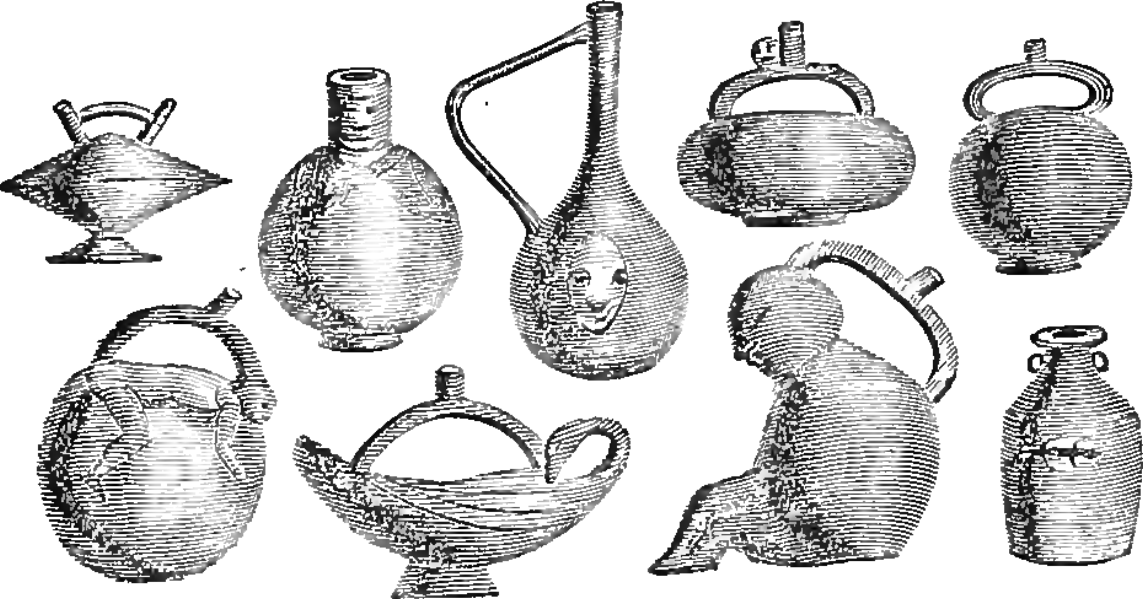<![CDATA[Shards of ancient pottery dating back to the 1800s have been found in Portobello. Archaeologists working in the area have managed to uncover a number of pieces of a bright yellow coloured ornament in a rubbish dump recently excavated on the Promenade. The seaside resort housed a thriving ceramics industry for more than 200 years before it was finally closed down in the 1970s. Dr. Margaret Munro, the chairwoman of the Portobello Heritage Trust, states that ceramics experts from the Trust have conducted initial examinations of the discoveries and determined that the shards can be dated back to the late 1800s. According to Dr. Munro, the discoveries are extremely exciting because such shards have never been discovered in Portobello. She says that experts have determined that the pottery shards were probably part of a ceramic dog. This is extremely surprising as the technologies that are required to make such designs are quite complicated and were not believed to have existed in the 1800s. The discovery suggests that the kilns were actually producing sophisticated pottery by the 1800s. A number of factories appeared in the 1760s and began to produce all sorts of glassware, earthenware and ceramics. The ancient pottery shards are now being sent for examination under the watchful eyes of experts from the AOC Archaeology Group, the very people who are famous for running the Dig Portobello event. The pottery shards themselves were found buried behind the Promenade. The spread of the shards all but confirms that pieces of pottery were used all around Portobello to level the grounds in preparation for construction. Experts state that this discovery puts forth many more questions instead of providing answers to existing doubts. On top of the pieces of pottery discovered, volunteers who were excavating a paved square close to the Figgate Burn in Bridge Street found a tarred road located below the brick surface. They used a small digger to break through the brick road, and unearthed a number of walls that belong to different time periods. This discovery makes one wonder about just how many potteries have been located on the site through history. Councillor Richard Lewis has mentioned that since this is a community project, the locals have been taking part in the excavation process in order to uncover a piece of their history that has remained buried for more than 250 years. He states that the findings should offer answers about the lifestyle in the area during its booming ceramics industry. The importance of such heritage projects can't be overstated, and experts hope that these discoveries encourage volunteers to become more active with the expedition to uncover more details of the area's history. A complete archaeological report of the program will be offered to the public in 2015. ]]>
Ancient Pottery Shards Uncovered in Portobello
